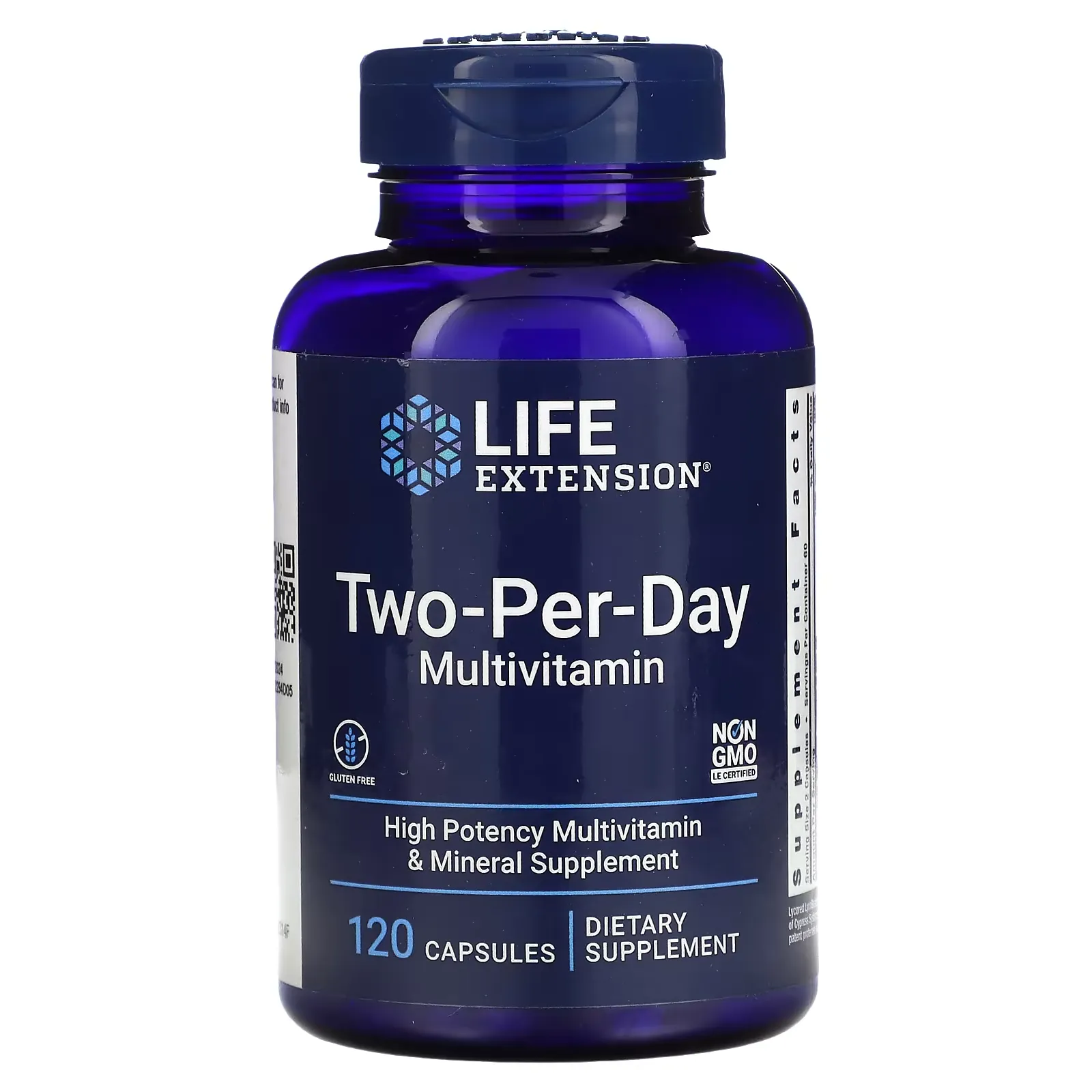Spoilers for this article
- ashwagandha (type of Indian cactus)Potential for: ashwagandha (type of Indian cactus)(Withania somnifera) is a traditional Indian herb,anti-inflammatoryAnti-cancer, antistressIt is known to have a wide variety of health benefits, including In this article, we will focus on the effects ofashwagandha (type of Indian cactus)The possibility of the "new" is being delved into.ashwagandha (type of Indian cactus)The latest research shows that the phytocompounds, especially withasomnin, contained in
- Effects of Witasomnin: In the study,ashwagandha (type of Indian cactus)Twenty-two phytocompounds derived from the compound were screened, among which witasomnin showed high binding affinity to receptors associated with epilepsy. This means that witasomnin has the potential to suppress or reduce seizures in epilepsy and may lead to the development of new epilepsy drugs.
- Prospects for future research: However, the results of this study are at an early stage, and further research is needed to confirm the clinical efficacy and safety of witasomnin. It is expected that the efficacy of witasomnin will be investigated in detail through in-vitro (in vitro) and in-vivo (in vivo) studies in the future.
"Is there a new approach to epilepsy treatment?"
“ashwagandha (type of Indian cactus)Does that mean it works for epilepsy?"
"Are naturally occurring treatments safe?"

This article is for those who are interested in this topic.
May be effective in treating epilepsyashwagandha (type of Indian cactus)Are you interested in new possibilities for
In this article,ashwagandha (type of Indian cactus)We will explore the impact of the derived witasomnin on epilepsy treatment.
This article will help you understand how traditional medicine and modern science are being combined and how this may help in the treatment of epilepsy.

If you are interested in epilepsy treatment, please read to the end.
What is ashwagandha in the first place?

ashwagandha (type of Indian cactus)(scientific name: Withania somnifera Dunal) has been used for thousands of years in Ayurveda, the traditional medicine of India, to treat both physical and mental health problems.stressThe herb has been used as an effective medicine, tonic, and even aphrodisiac.
Nowadays, the effectiveness of these products has been proven by modern science through various clinical studies, and they are attracting attention.
The fruit is an evergreen shrub of the eggplant family. The name comes from the horse's (ashwa) smell (ganda).
Some say it is named after the robust vigor of horses.
▼Recommended Articles

Basic information about the paper
The basic information for this paper is as follows
The paper presented in this issue ofashwagandha (type of Indian cactus)vegetablecompoundMolecular Mechanisms in Epilepsy in the United States from Differential Gene Expression and Pathway Analysis (Japanese)".
| (data) item | information |
|---|---|
| Title. | Investigating the molecular mechanisms of Ashwagandha phytocompounds in epilepsy through differential gene expression and pathway analysis |
| author (usu. of a particular book, etc.) | Srivarshini Govinda Srinivasan, Susha Dinesh, Sameer Sharma, Bhavana Sunkadakatte Venugopal, Martin Lucas A., Dinesh Sosalagere Manjegowda |
| Magazines | BIOMEDICINE: 2023; 43(5) |
| Year of Publication | 2023 |
Overview of Epilepsy and Its Effects
Epilepsy is,Neuropsychological conditions caused by abnormal electrical signals in the brainIt is.

Seizures are characteristic and are caused by a sudden increase in electrical activity in the brain.
This disease,Abnormal nerve discharge or regulated nerve overexcitationIt is characterized by
Approximately 50 million people worldwide suffer from epilepsy, and the type and frequency of seizures vary from individual to individual.

Epilepsy can significantly affect quality of life and can also affect social and psychological aspects.
Purpose of the Study
Main Objectives and Background of the Study
The main objectives of this study are,ashwagandha (type of Indian cactus)(Withania somnifera), a plant that containscompoundis to explore how epilepsy can be treated.
Epilepsy is,Serious neuropsychological conditions caused by abnormalities in electrical signals between nerve cellsand is characterized by recurrent attacks.

This study,Plants effective in the treatment of epilepsycompoundIdentification ofThe goal is to
Association of Ashwagandha with Epilepsy Treatment
ashwagandha (type of Indian cactus)has long been recognized in traditional medicine for its therapeutic benefits.

In particular, the antistressand neuroprotective effects have been noted.
In this study,ashwagandha (type of Indian cactus)How can these characteristics of epilepsy treatment byat the molecular level.
Epilepsy is one of the most difficult diseases to treat, and new treatments are needed.

For this reason,ashwagandha (type of Indian cactus)The possibility that the components of theVery significant.This is considered to be the case.
researchmethod
Overview of Research Methodology
In this study,ashwagandha (type of Indian cactus)Plants extracted fromcompoundMultiple methods are used to explore how the treatment of epilepsy by

Mainly plants targeting genes strongly associated with epilepsycompoundThe search for the
This includes the plantcompoundand receptors associated with epilepsy.interactionIt includes a bioinformatics approach to examine the
- bioinformatics
-
Bioinformatics is the study of combining multiple disciplines, including biology, chemistry, physics, computer science, mathematics, and statistics, to analyze and interpret biological data.
This field deals with particularly large data sets and primarily uses computer-based methods.
Use of molecular docking simulation (PyRx)
The core of the study is virtual screening using PyRx, a molecular docking simulation tool.

PyRx is a plantcompoundand receptor binding affinities were used to predict the binding affinity.
By this simulation,eachcompoundbinds to a particular receptor and how strongly it binds to the receptor.will be evaluated and its potential role in epilepsy treatment will be identified.

This process is,Methods commonly used to discover new drugs or explore new uses for existing drugsIt is.
findings
Screening of 22 phytocompounds from ashwagandha
In this study,ashwagandha (type of Indian cactus)Twenty-two phytocompounds were evaluated through initial screening, extracted from
Thesecompoundwere selected based on their binding affinity for specific receptors associated with epilepsy.

In this process, eachcompoundis evaluated to see how efficiently it binds to the receptor,Potential efficacy as a therapeutic agent for epilepsywas determined.
Binding affinity of witasomnin to its receptor
Particular attention was paid to,WitasomninsaidcompoundIt was.

this (something or someone close to the speaker (including the speaker), or ideas expressed by the speaker)compoundshowed high binding affinity for receptors relevant to the treatment of epilepsy.
Specifically, withasomnin was found to have a binding score of less than -7 kcal/mol, which isHigh binding capacitymeans "a person who is a member of a group of people who are not members of a group.

The result,Witasomnin is a promising candidate in the treatment of epilepsyThis suggests that it is
discussion
Witasomnin's Potential in the Treatment of Epilepsy
This study shows that witasomnin is a promising phytocompound in the treatment of epilepsy.
It has been suggested that withasomnine binds strongly to certain receptors associated with epilepsy, thereby potentially suppressing or reducing seizures in epilepsy.

Furthermore, this property of witasomnin has the potential to offer a new treatment modality that differs from conventional epilepsy drugs.
Prospects for future research
The results of this study lay the foundation for a new approach to epilepsy treatment.

However, these results are at an early stage and further validation of the effectiveness of Witasomnin will beIn-vitro (in vitro experiments) and in-vivo (in vivo experiments)research is needed.
Also, the safety of witasomnin,side effectResearch on the optimal dosage is also important.

Through these studies, it will become clear whether witasomnin is actually clinically effective.
summary

How was it? I would like to conclude by summarizing the contents of this article."
Summary of this article
- ashwagandha (type of Indian cactus)Possibility of: ashwagandha (type of Indian cactus)(Withania somnifera) contains a phytocompound that is promising in the treatment of epilepsy.
- Discovery of Witasomnin: In this study, it was found that witasomnin in particular exhibits a high binding affinity for receptors associated with epilepsy.
- Application to Therapy: It has been suggested that withasomnine may offer a new approach to epilepsy treatment.
- Importance of future research: However, further detailed studies are needed to confirm the effectiveness and safety of witasomnin.

That's all for this article. Thank you for reading to the end."
Disclaimer
This site is primarily intended toashwagandha (type of Indian cactus)to provide information about the results of the study and not to provide medical advice.
It is not intended to diagnose, treat, or prevent any specific disease or condition.
Always follow professional advice when using the information on this site.
We also cannot be held responsible for any loss or damage that you may suffer as a result of acting on the basis of the information on this site.
Use of AI in Content Generation
This website uses AI-based automatic generation for some content.
The information generated by this automatic generation is checked against actual references and articles, and great care is taken to ensure accuracy and reliability.
It is also intended to enhance the transparency and credibility of this site by appropriately disclosing content created through automatic generation.
We believe that this site can provide richer and more useful content through automation and AI-based content creation, which will enable us to provide information more quickly and accurately.




